One of the most challenging aspects of software development is estimating how much time and resources a project will require. Many factors can affect the accuracy of the estimates, such as the complexity of the requirements, the availability of the team members, the quality of the code, and the unpredictability of the environment. In this blog post, we will explore how Azure DevOps can help you create realistic and reliable estimates by seeing the fields that available in Agile Process templates. Before you start to read and to practice this article, please make sure that you already have Azure DevOps account that can obtained in https://dev.azure.com and create a practice project with Agile process as shown in Figure 1.
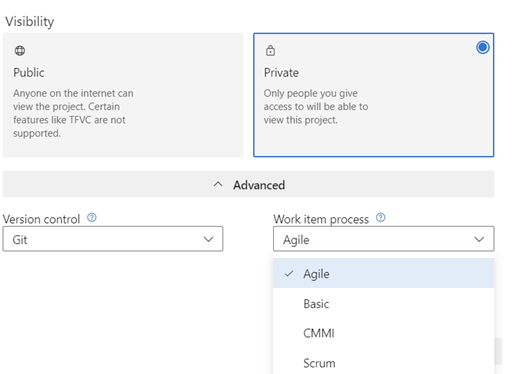
After creating the project, you should visit the Project setting and activate the Epics feature shown in Figure 2.
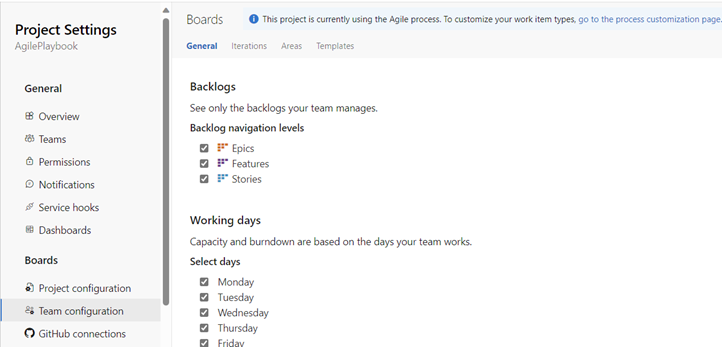
Step 1. Estimation in Epics
The agile triangle of project management scope and time depends on the cost. The fixed aspect of Agile is the cost. When the project's cost runs, they can't change the scope and time.
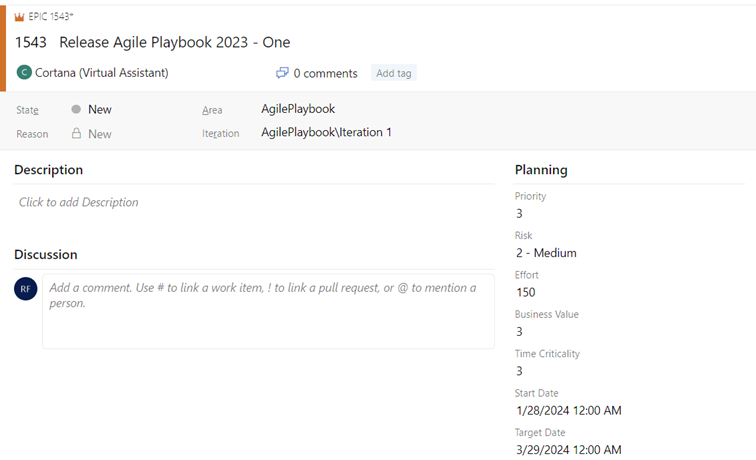
- Priority: the higher priority means that the release is needed by the organization (scale 1 low – 3 high)
- Risk: the higher risk means that the project has higher uncertainty (scale - 1 fixed requirements – 3 change requirements risk)
- Effort: the total effort of the project based on the current release budget. Effort can be points OR time. For simplicity, I recommend you use time. 150 effort means 150 hours.
- Business value: the higher value means the higher benefit for their business. For example, e-commerce applications will have higher business value than creating zip compression applications. The range should be 1 – 3.
- Time critically: the higher value means the project should not be late. The range should be 1-3.
- Start date and target date should be derived from efforts. For example, you have 150 means you have 150 hours to spend OR 150 points x n hour to spend. The ideal hour/day is equal to 5 – 8 hours/day.
Step 2. Estimation In Features
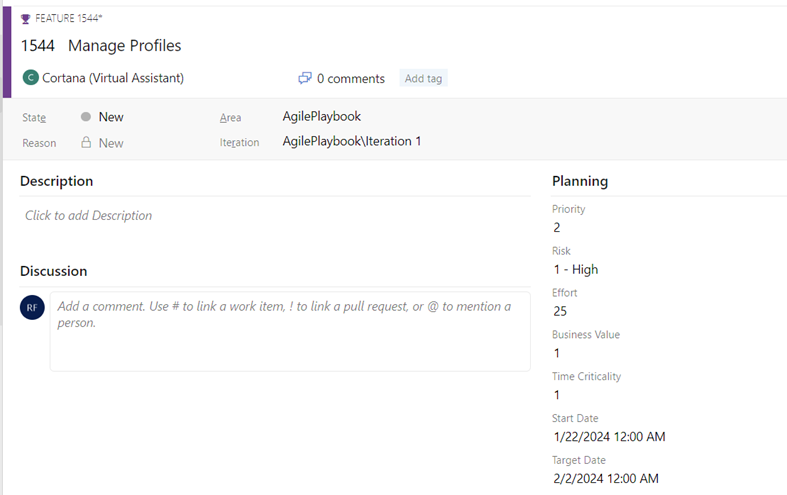
One release will have several features. The feature page is like the release page. The thing that you should take care of is the feature effort that should be accumulated in a release. For example, if you have 150 efforts, the features should be a total of 150 efforts. For example,
- Release 150 effort = 25 feature A + 30 feature B + 35 feature C + 30 feature D + 30 feature C.
Step 3. Estimation in User Story
The user story uses points. It differs from the effort. For example, five points can be converted to one effort. If the equation 1 effort = 5 user story points. User story points are not time. If I recommend you to use time in the effort, I don't recommend you use time in user story points because:
- The productivity of each team member is different.
- Time is fixed but the productivity of each team member will be varied.
- Measuring by point will be fair, and productive team members will get better fees.
You can use the Fibonacci number (1,2,3,5,8). In theory, the equation should be measured by historical analysis. The team should measure how many points average in an iteration. For example, the iteration length is 2 weeks (10 days). The finished user story is 50 points. If 1 effort equals 1 day, it means that 1 day = 5 points.
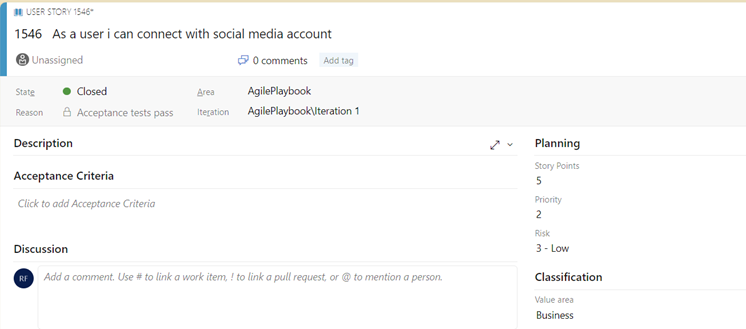
Step 4. Estimation in Task
The task used effort in an hour. Ideally, the total hour should be the total hour in a feature. For example, if you have total hours in a feature is 50 hours. This means that the task accumulation should be 50 hours. In reality, the task accumulation is higher than the features effort because of technical issues, changes, and others. Therefore, feel free to fill the number of
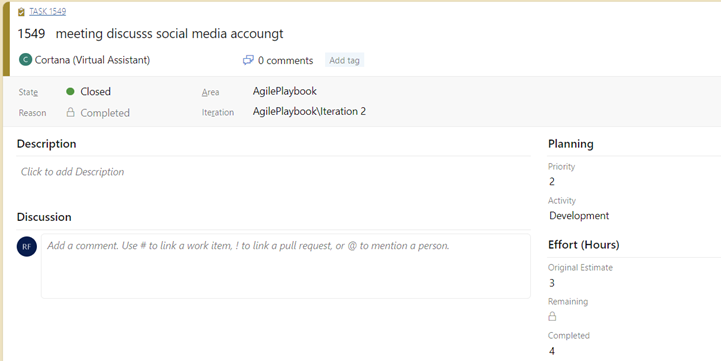
- Original estimate: the original hour from effort estimation
- Remaining: the remaining hour at the time saved
- Completed: the reality hour after the state is closed
Step 5. Estimation in Bug
The bug is similar to the task. It has effort (hours). However, the story points of the Bug should be zero (0). Since the bugs are produced by the mistake of team members. However, the effort should be filled as usual.
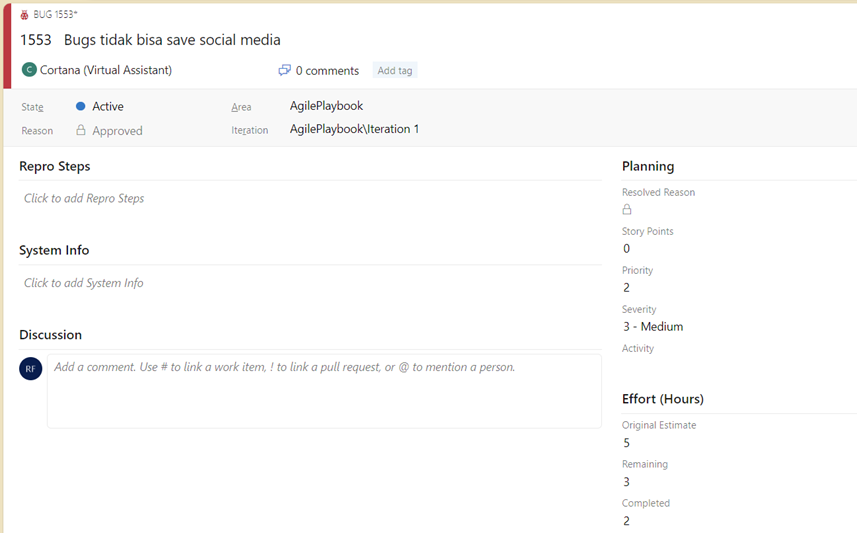
Put your comments for further discussion!